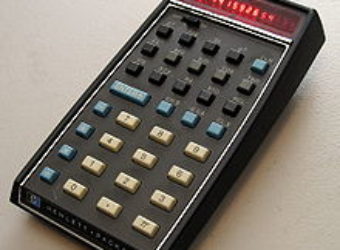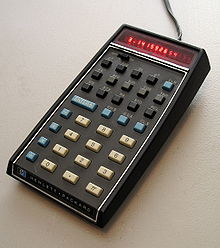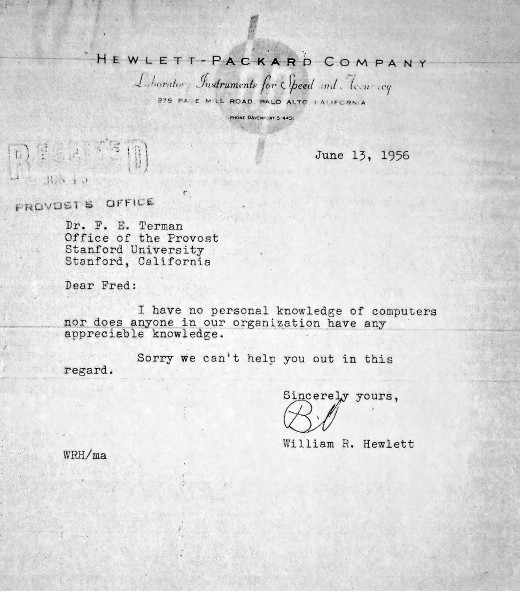January 4, 1904: Thomas Edison Electrocutes an Elephant
Subscribe! Spotify | RSS | More
1904– To show the effects of how dangerous Nikolai Tesla’s Alternating current was, Thomas Alva Edison filmed the electrocution of the elephant, Topsy. This was falsely advertised as the first Elephant to be born in America by the Forepaugh Circus. Topsy was named after a slave girl in the book “Uncle Tom’s Cabin”.
Topsy was sold to Cony Island’s Sea Lion park. Her handler, William Whitey Alt, used Topsy to try and go after police. He also was involved in an incident where he used the elephant as an intimidation factor to the local police. Alt was fired and the owners of Luna Park were ready to get rid of her but no one wanted Topsy.
The owners planned to euthanize her by hanging, but the American Society of the Prevention of Cruelty to Animals stepped in and said hanging was a needlessly cruel means to killing. After debate, it was finally arranged that the Edison Electric Illuminating company of Brooklyn would perform the electrocution.
The electrocution was witnessed by 1,500 who payed for their seats at Coney Island, along with 100 media personnel.

Subscribe to Day In Tech History:
RSS Feed - iTunes - Android - Spotify - iHeartRadio
Facebook -
- RSS Bandwidth by Cachefly Get a 14 Day Trial
- Join me on Patreon and support Day in Tech History
- The Dancing Baby Debuts
- Business Software Alliance offers amnesty to pirates
- Spam King Stanford Wallace and FTC agreement













